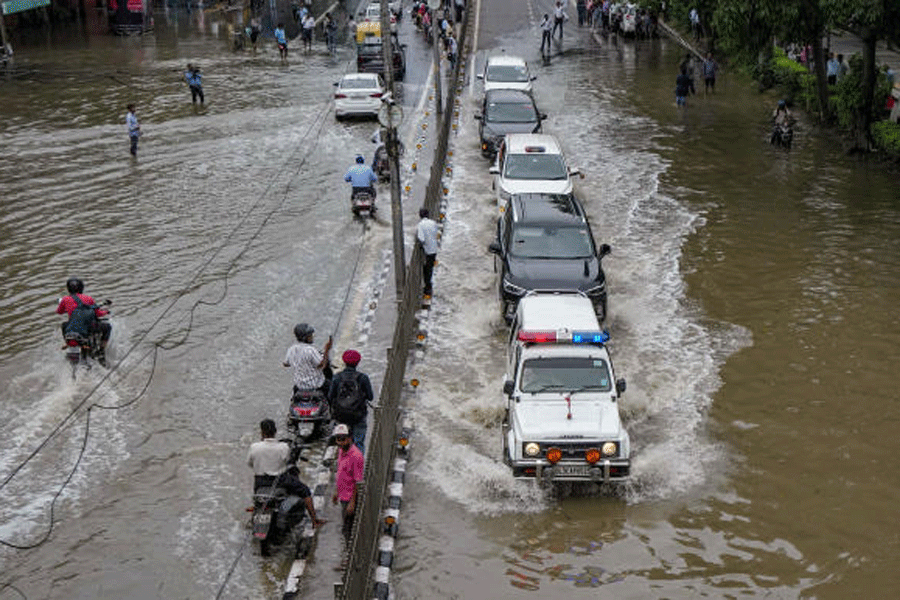Yesterday, the waters of the Yamuna touched the walls of the Taj Mahal for the first time in 45 years. Last week, the river reclaimed its natural floodplain, flowing through the streets of Delhi to reach the walls of the Red Fort. The inundation of Delhi, a city not usually associated with rain or flood, has highlighted the links among climate change, urbanisation and the infrastructural lacunae that bedevil India’s metropolises. In Delhi’s case, successive governments have given a short shrift to the Yamuna’s floodplains, treating it as the city’s backyard. This has led to systemic encroachment, unplanned development and rogue urbanisation, constricting the river and putting undue pressure on its floodplains, which are a part of any riverine ecosystem and prone to flooding. With climate change, the rate at which glaciers — the Yamuna is fed by the Yamunotri glacier — are melting has increased. This will lead to a period of excess water flow in rivers and flooding all along India’s northern plains — the floods in Manali, which have claimed over 100 lives and caused damages of over Rs 3,738 crore, are a case in point. The increased probability of spells of extreme rain, given the warming of the Arctic and the Arabian Seas, means that floods will be a regular occurrence now.
The need of the hour is to decongest the northern floodplains. Construction along the floodplains does not allow the recharging of groundwater, which is the foremost natural process to reduce flooding. It is encouraging that the Atal Mission for Rejuvenation and Urban Transformation 2.0 plans to revive defunct borewells, neglected heritage step wells and other shallow aquifers to recharge groundwater and mitigate flooding. But challenges remain. Delhi was once a city of over 100 step wells — only 30 of them have survived. The city’s Master Plan 2041 proposes to put 3,600 hectares of floodplains into a zone where regulated construction will be allowed. These are the areas where water harvesting mechanisms can be critical to safeguarding Delhi’s present as well as its future — in the short term, it can mitigate floods; in the long term, it can provide water to a city that is supposed to be among the first to run out of potable water in India.










